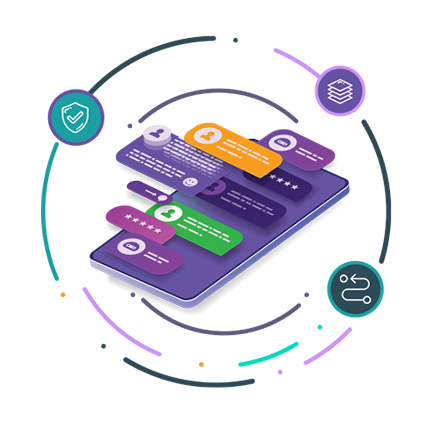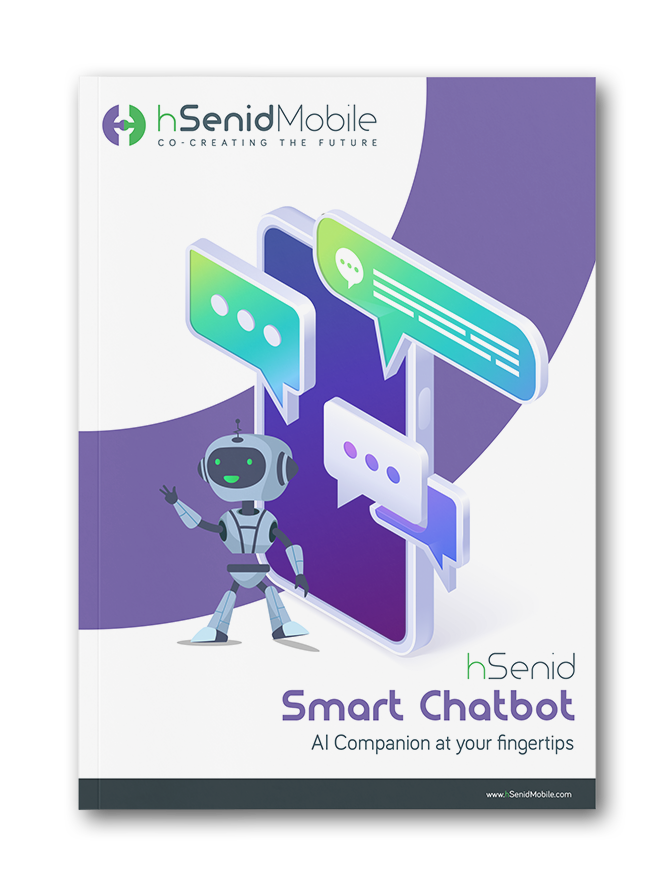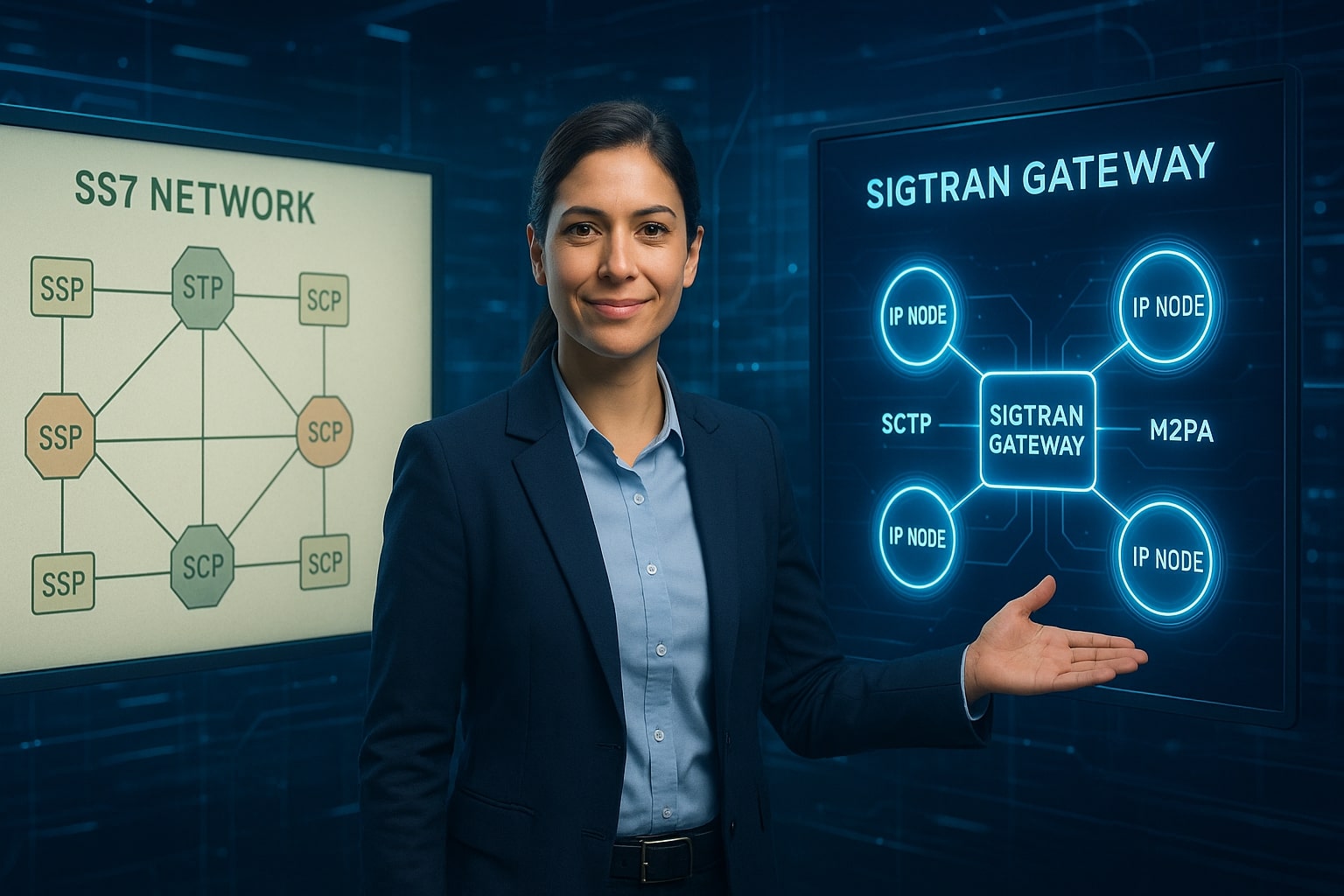Ever felt stuck in an endless phone queue, bouncing from one menu to another?
What if you could skip the wait and get instant, 24/7 support with no “hold
please”? Enter the era of AI-powered telecom assistants, smart chatbots that
think on their feet, learn your preferences, and solve problems before you
even know they exist. Say goodbye to frustration and hello to a smoother,
faster, and more personalized self-service experience. Ready to see how your
next telco interaction could feel like magic?
Self-service portals have become integral to maintaining customer satisfaction and loyalty in the telco industry. Customers want solutions at their fingertips, and they prefer managing their services without speaking directly to a representative. The reasons for this shift are manifold. Today’s consumers are tech-savvy, and they appreciate the convenience of accessing information and executing tasks such as bill payments, service activations, and troubleshooting directly online.
Implementing a modern self-service portal powered by AI chatbots is key for telcos aiming to optimize operations and delight customers. By handling routine inquiries and transactions automatically, smart chatbots free up live agents to focus on complex issues, driving down costs and speeding up resolutions. Meanwhile, AI-driven interfaces deliver personalized guidance and 24/7 support, empowering customers with instant answers and tailored recommendations. As digital channels become the norm, investing in intelligent self-service solutions ensures telcos stay competitive, boost satisfaction, and foster long-term loyalty.
Smart AI chatbots offer numerous benefits that enhance the self-service experience in the telecommunications sector:
When considering the integration of smart AI chatbots into a telco’s existing systems, several steps are essential:
However, rolling out smart AI chatbots introduces key challenges that demand strategic solutions:
A structured approach, combining targeted training, clear escalation protocols, and rigorous data protection, turns these challenges into a solid foundation for a resilient, efficient AI-driven support system.
Every day, chatbots are getting better at having real conversations—picking up on slang, understanding context, and even reading between the lines. You won’t feel like you’re talking to a menu anymore: whether you start a question in an app, jump over to social media, or send a quick message, the conversation picks up right where you left off without repeating yourself.
Soon, these digital helpers will move beyond texts and browsers into our homes, talking directly to smart lights, security cameras, and thermostats to troubleshoot issues on the spot. Mix in predictive smarts, and they’ll catch little hiccups before they turn into full-blown problems, offering fixes before you even know something’s wrong.
The landscape of telecommunications is rapidly shifting towards self-service solutions led by smart AI chatbots. These tools represent not only innovation but also a fundamental change in how businesses engage with, support, and ultimately retain their customers. By integrating AI chatbots into self-service portals, telcos can future-proof their operations, improve customer satisfaction, and ensure they remain competitive in a digital-first world. Investing in such technology aligns with the overarching trend of increasing automation and personalization in customer-facing interactions, making it an imperative step forward for any telecommunications provider looking to thrive in the 21st century. Ready to future-proof your telecom operations and delight your customers with smart chatbots?
Understanding the Need for Self-Service Portals in Telco
Self-service portals have become integral to maintaining customer satisfaction and loyalty in the telco industry. Customers want solutions at their fingertips, and they prefer managing their services without speaking directly to a representative. The reasons for this shift are manifold. Today’s consumers are tech-savvy, and they appreciate the convenience of accessing information and executing tasks such as bill payments, service activations, and troubleshooting directly online.
Implementing a modern self-service portal powered by AI chatbots is key for telcos aiming to optimize operations and delight customers. By handling routine inquiries and transactions automatically, smart chatbots free up live agents to focus on complex issues, driving down costs and speeding up resolutions. Meanwhile, AI-driven interfaces deliver personalized guidance and 24/7 support, empowering customers with instant answers and tailored recommendations. As digital channels become the norm, investing in intelligent self-service solutions ensures telcos stay competitive, boost satisfaction, and foster long-term loyalty.
Benefits of Smart AI Chatbots for Telco Self-Service
Smart AI chatbots offer numerous benefits that enhance the self-service experience in the telecommunications sector:
- 24/7 Availability: AI chatbots never sleep. They provide round-the-clock support, addressing customer inquiries at any time. This availability increases the likelihood of resolving issues without delays, enhancing customer satisfaction.
- Faster Response Times: With the ability to analyze queries and respond in real time, chatbots significantly reduce the time customers spend waiting for answers, which is often a source of frustration.
- Cost Efficiency: By automating routine inquiries, businesses can reallocate resources from customer service reps to other critical areas, leading to reduced operational costs.
- Personalization: Advances in AI allow for personalized interactions. The chatbot can analyze previous interactions and preferences to tailor responses, making customers feel valued.
- Data Collection and Insights: AI chatbots can gather valuable data about customer interactions, which can inform service improvements, marketing strategies, and product offerings.
Integrating AI Chatbots into Existing Systems
When considering the integration of smart AI chatbots into a telco’s existing systems, several steps are essential:
- Assessment of Current Systems: Understanding the existing IT infrastructure ensures the chatbot aligns and complements existing systems without detrimental disruptions.
- Choosing the Right Technology: Select AI chatbot frameworks that offer the required features, scalability, and integration capabilities. Popular platforms such as Dialogflow, Microsoft Bot Framework, and IBM Watson Chatbot can be considered.
- Testing and Iteration: Continuous testing ensures that chatbots function satisfactorily in real-world conditions. Feedback loops should be established to refine the system based on user interactions.
- Training Staff: Employees, particularly those in customer service roles, should be trained to work collaboratively with AI chatbots. This includes managing more complex interactions that fall beyond the chatbot’s capabilities.
Challenges and Considerations When Implementing AI Chatbots
However, rolling out smart AI chatbots introduces key challenges that demand strategic solutions:
- User acceptance is crucial. It’s crucial to manage perceptions; customers may be hesitant to rely solely on chatbots, especially for complex issues. Their initial experience with the chatbot shapes future interactions. This highlights the problem of user acceptance.
- Technical limitations are inherent. AI chatbots are not infallible. Situations may arise where they cannot provide solutions, necessitating human intervention. Ensuring an effortless transition from chatbot to human representative is vital. This underscores the challenge of technical limitations.
- Privacy concerns are real. Customers are increasingly concerned about data privacy and the security of their personal information. Transparency on how customer data is managed enhances trust and confidence in the technology. This addresses the issue of privacy concerns.
A structured approach, combining targeted training, clear escalation protocols, and rigorous data protection, turns these challenges into a solid foundation for a resilient, efficient AI-driven support system.
Future Trends in Telco Self-Service Automation
Every day, chatbots are getting better at having real conversations—picking up on slang, understanding context, and even reading between the lines. You won’t feel like you’re talking to a menu anymore: whether you start a question in an app, jump over to social media, or send a quick message, the conversation picks up right where you left off without repeating yourself.
Soon, these digital helpers will move beyond texts and browsers into our homes, talking directly to smart lights, security cameras, and thermostats to troubleshoot issues on the spot. Mix in predictive smarts, and they’ll catch little hiccups before they turn into full-blown problems, offering fixes before you even know something’s wrong.
Conclusion: Embracing the Future of Telco with Smart AI Chatbots
The landscape of telecommunications is rapidly shifting towards self-service solutions led by smart AI chatbots. These tools represent not only innovation but also a fundamental change in how businesses engage with, support, and ultimately retain their customers. By integrating AI chatbots into self-service portals, telcos can future-proof their operations, improve customer satisfaction, and ensure they remain competitive in a digital-first world. Investing in such technology aligns with the overarching trend of increasing automation and personalization in customer-facing interactions, making it an imperative step forward for any telecommunications provider looking to thrive in the 21st century. Ready to future-proof your telecom operations and delight your customers with smart chatbots?








